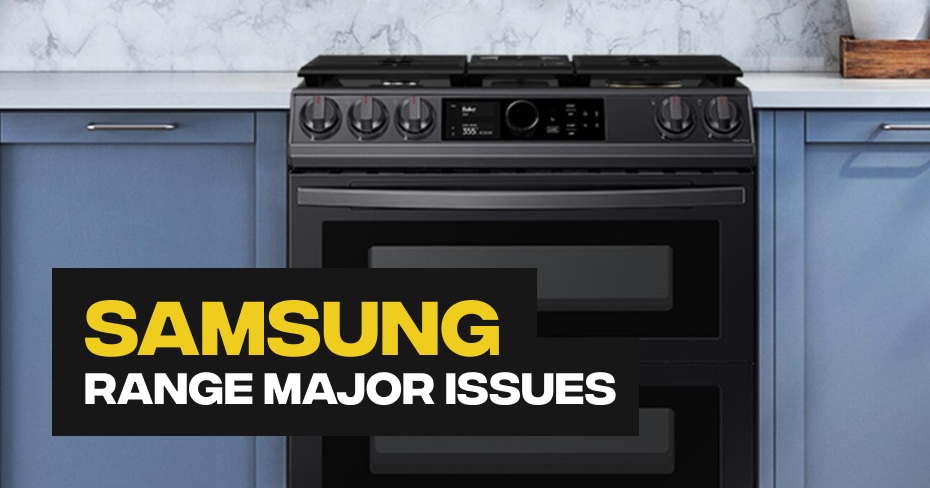
Samsung Range Cooktop Element Troubles
Understanding how your electric or induction cooktop functions in terms of heating and temperature retention is crucial to achieving perfect cooking results. This guide will help you address common concerns related to the temperature behavior of your Samsung cooktop.
Cooking elements are too hot
In most cases, a cooktop that appears excessively hot is not malfunctioning. To check, start with the cooktop element turned off and at room temperature, then turn it to the lowest setting, usually labeled as “Lo.” While the element may briefly glow bright red, it should not stay visibly red. If it does, visit our Service Centre for professional assistance.
Keep in mind that even on the lowest setting, food can burn if left unattended for too long.
Element stays hot after changing from Hi to Lo
Ceramic cooktops retain heat, and surface elements may not cool down quickly, especially if cookware remains in contact with them. For instance, if you boil water, reduce the temperature, and leave the pot on the burner, the water may continue to boil slowly, potentially resulting in overcooked or burnt food. To cool cookware rapidly, move it to a different, cooler element or remove it from the cooktop.
Fast boil takes same time as other burners
The Fast Boil feature on electric ranges provides a larger and hotter burner for quicker water boiling. However, because it accommodates more water, it might appear to boil water at a similar rate to a smaller burner with less water. This is normal and indicates that Fast Boil is functioning as intended.
Cooking elements are not hot enough
If your burners don’t maintain a rolling boil or cook food too slowly, consider the following:
- Use flat pans that match the burner’s diameter.
- Ensure your home’s power voltage is adequate (240V recommended) as lower voltage may result in slower heating.
- If voltage is an issue, cover pans with lids to retain heat.
Hot surface indicator isn’t working correctly
The hot surface indicator is vital for safety, indicating when your cooktop is still hot. It remains lit until the cooktop cools to below 150 degrees Fahrenheit (65 degrees Celsius).
Radiant heating elements cycle on and off
Radiant elements maintain temperature settings by cycling on and off. While the element may appear to turn off when it fades from red, it remains hot and at the desired temperature. This cycling is a normal part of temperature regulation.